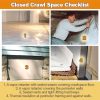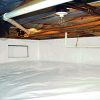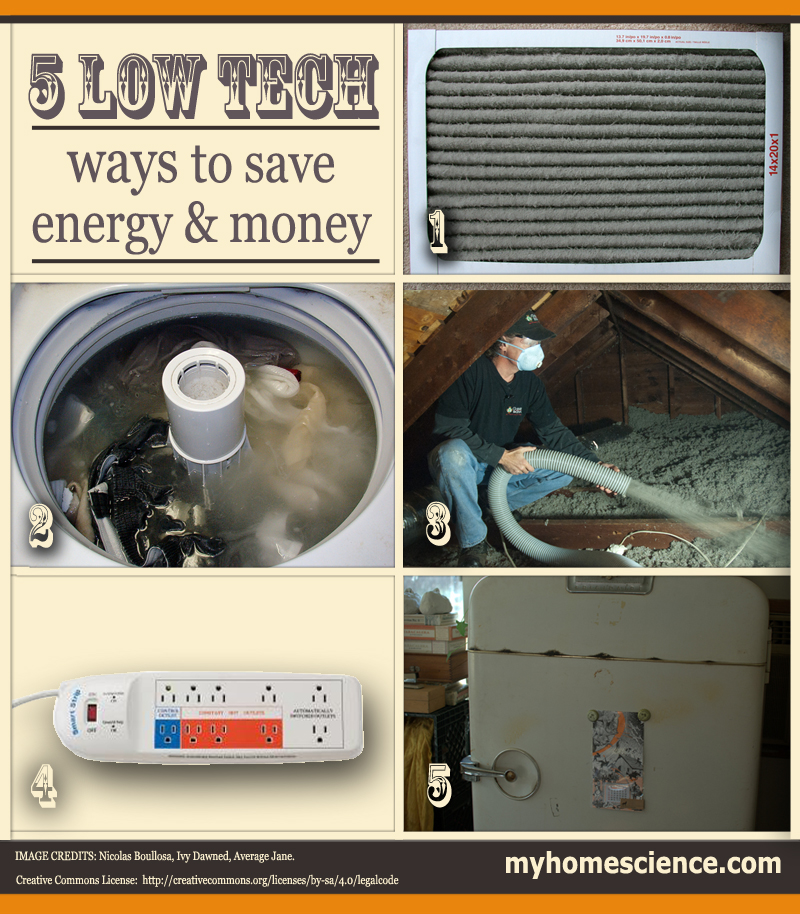
by Tim Snyder | Feb 10, 2014 | Building Envelope, Conditioned Spaces, Electrical, Heating & Cooling, Home Systems, Plumbing
It doesn’t take a big budget to make a big difference in your home’s energy expenses and environmental impact. Full disclosure: The inspiration for this blog came from a well-written post by Derek Markham at Treehugger.com. As Markham points out, humans have an...
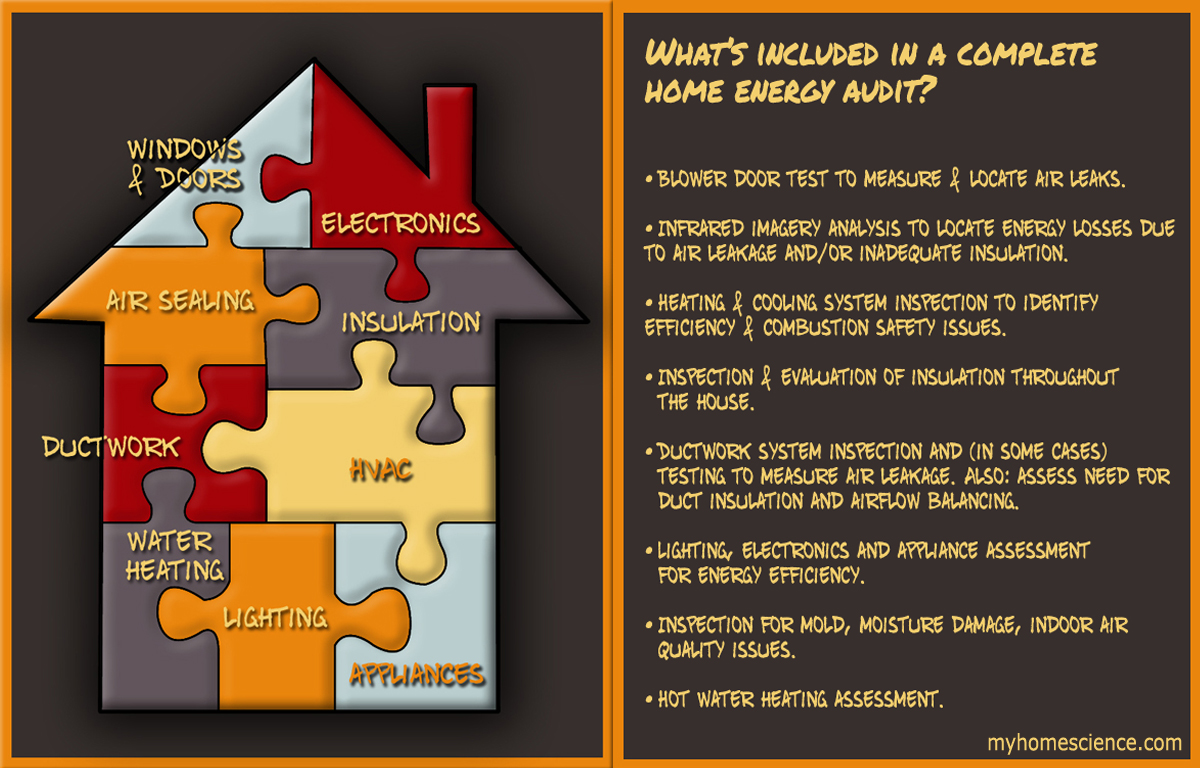
by Tim Snyder | Jan 27, 2014 | Building Envelope, Conditioned Spaces, Featured Posts, Home Systems
Getting a comprehensive, whole-house analysis will enable you to make the right improvements in the right order. A home energy audit is an important first step if you’re aiming to improve indoor comfort and air quality, while also reducing the amount of money spent on...
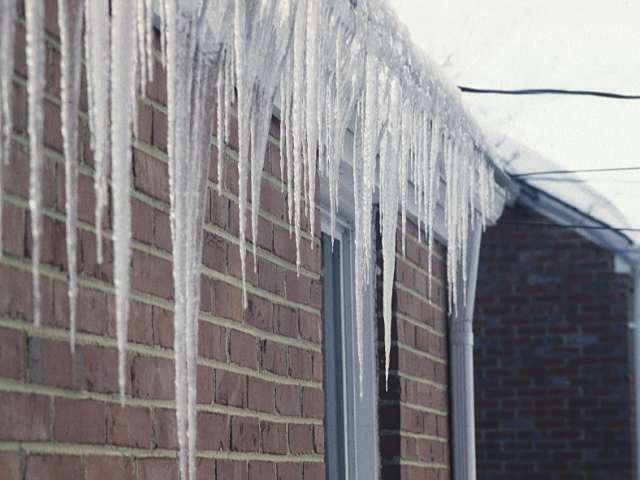
by Joseph R. Provey | Jan 21, 2014 | ABC Action Plan, Attics, Building Envelope, Featured Posts
It’s pretty easy to understand why ice dams form. Heated air leaks into the attic, and causes roof snow to melt. Water runs down the roof (or roof valley) until it reaches a cold stretch (typically over an eave) and where it freezes. A ridge of ice builds up and forms...
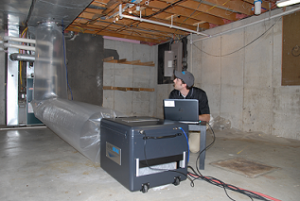
by Joseph R. Provey | Dec 23, 2013 | Heating & Cooling
If your home is heated and cooled with air, take a few minutes to inspect the ductwork that distributes it throughout your home. You can typically find it in the basement, attic, or in a utility closet on the main level. Turn on the furnace or air conditioner to...
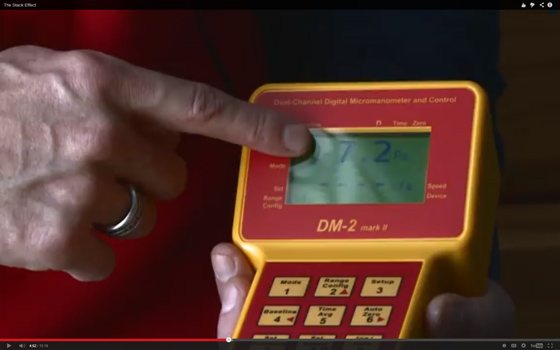
by Tim Snyder | Dec 18, 2013 | Building Envelope, Featured Posts, Heating & Cooling, Home Systems
The same convection force that makes a hot-air balloon rise can cause a house to have major comfort and energy problems. Everyone knows that hot air rises and that cool air sinks. Convection: It’s a basic law of thermodynamics aptly demonstrated by a hot air balloon...
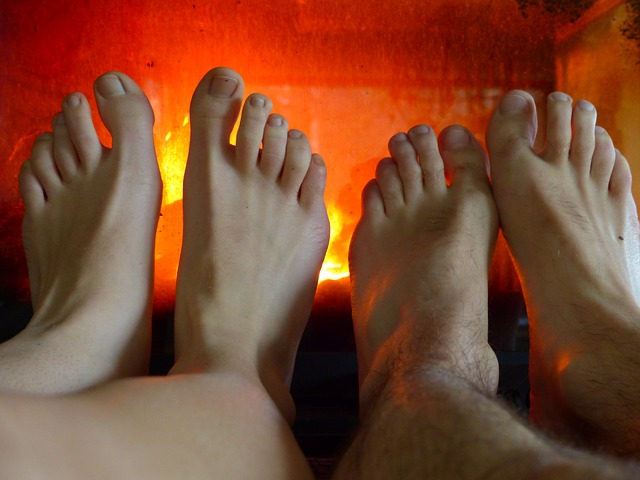
by Joseph R. Provey | Dec 16, 2013 | ABC Action Plan, Attics, Building Envelope, Conditioned Spaces, Heating & Cooling, Home Systems
A great case can be made for upgrading your home’s insulation and for air-sealing gaps and cracks sooner rather than later. These improvements typically pay for themselves in 6 or 7 years — and then continue to generate savings for as long as you live in your...








